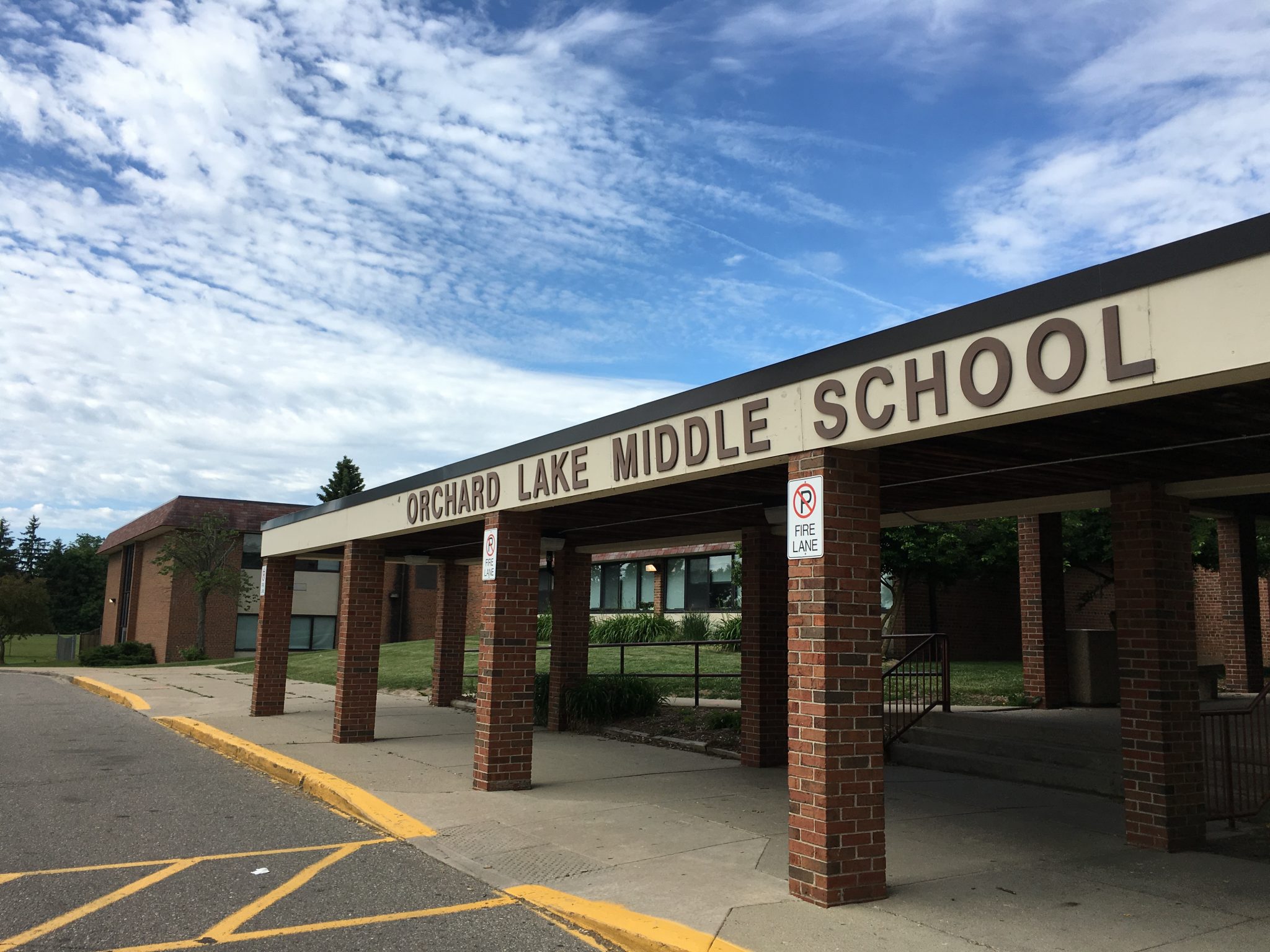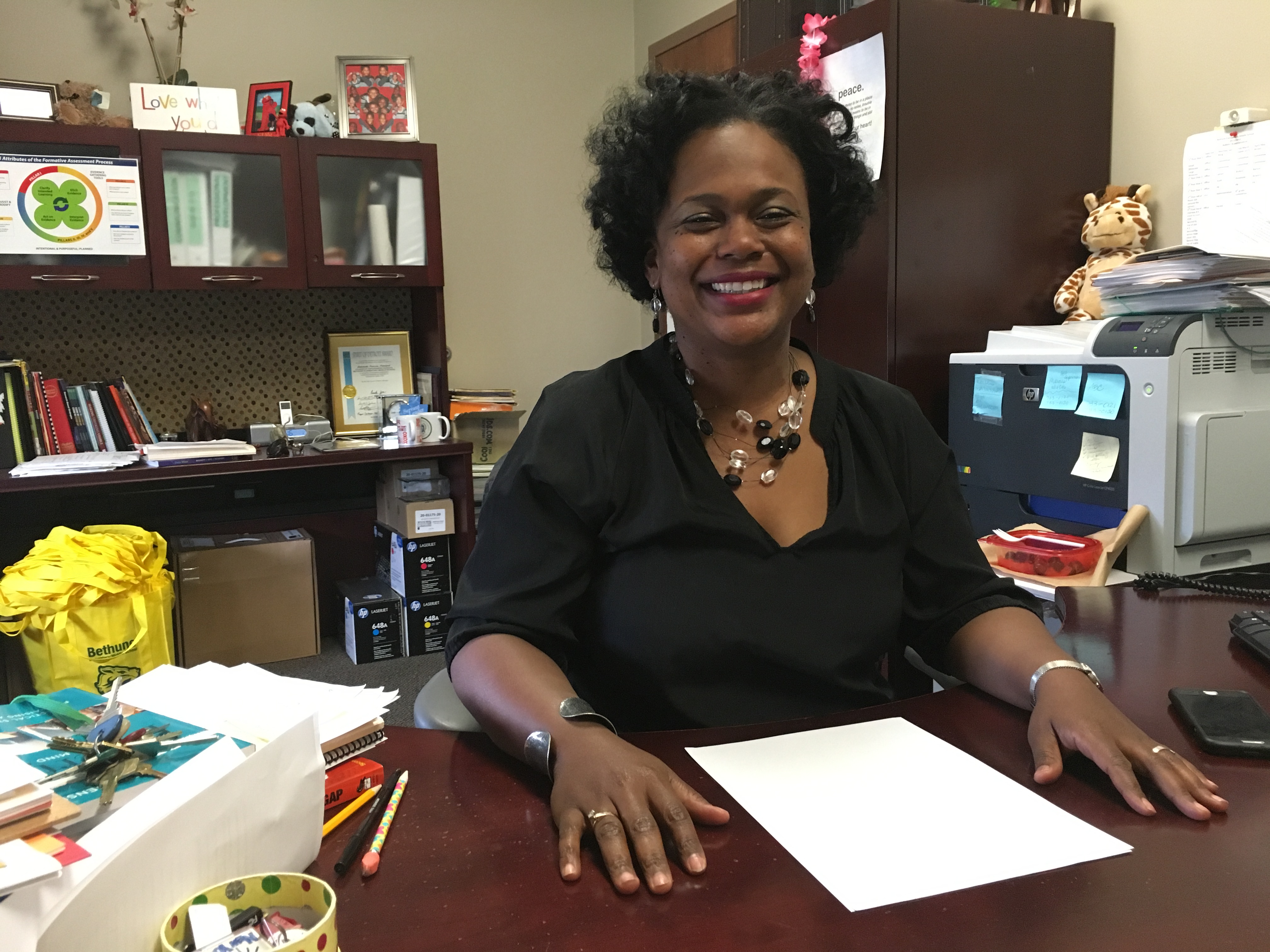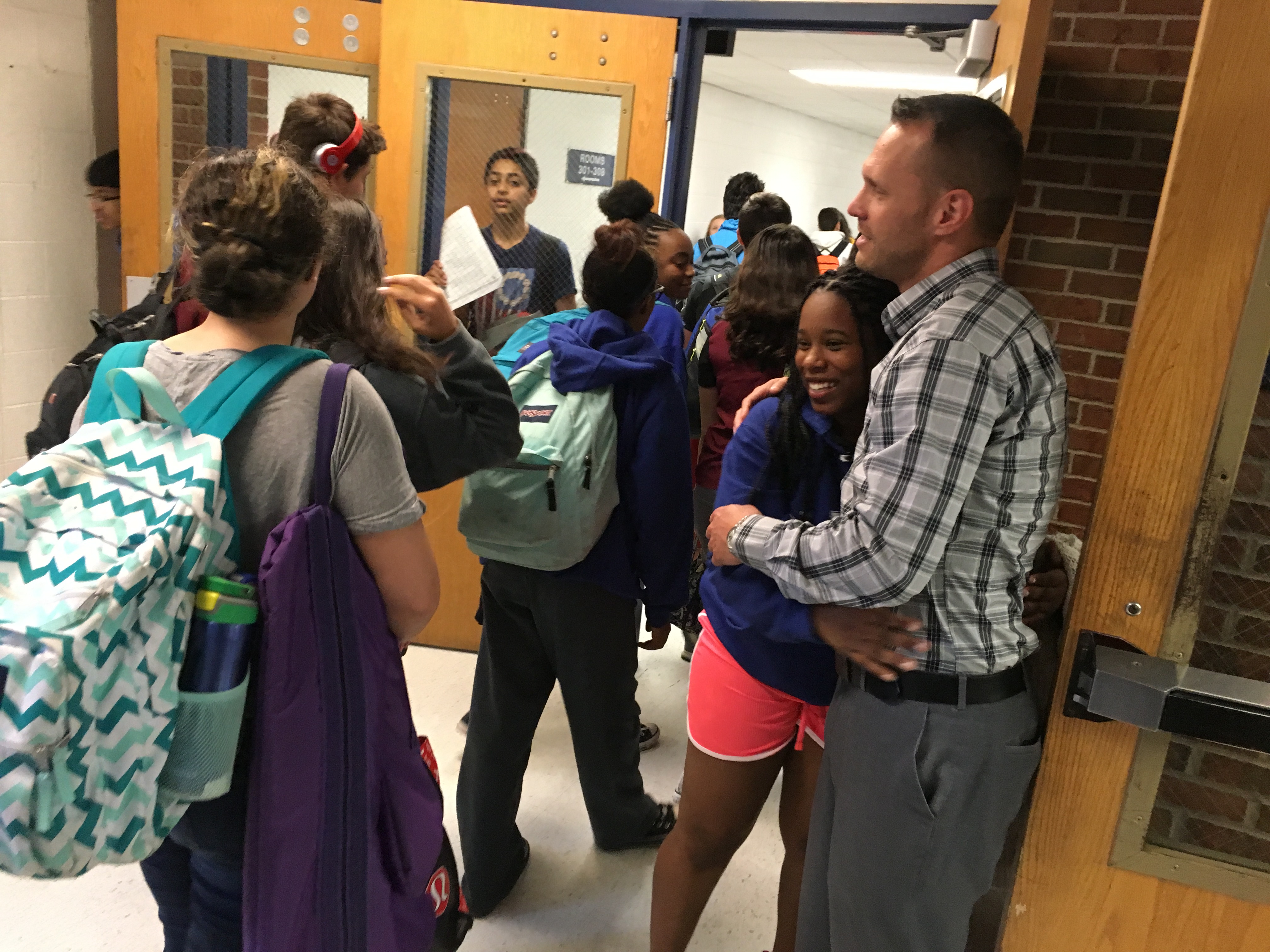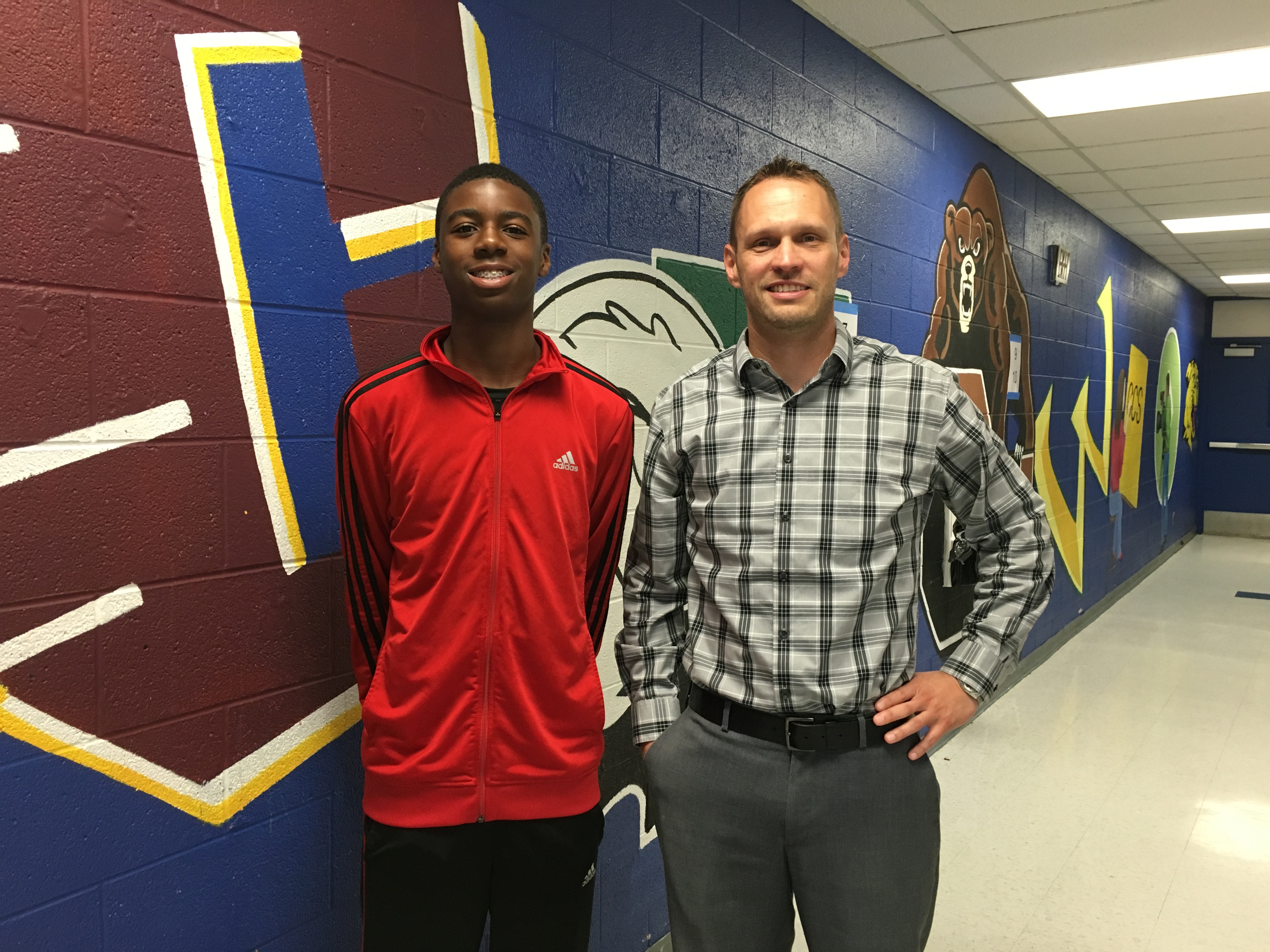It’s Not Just Detroit, Students of Color Struggle Even In Good Suburban Schools [Map]
Even wealthy suburban schools are noticing similar academic problems — and race is a major factor.


The state’s largest school district is on the brink of going broke. Detroit students, parents, and educators are waiting for a solution from the state, which has overseen the district for years. It also faces serious academic problems, ranking at the bottom among the nation’s big city school districts in math and reading. Some critics point fingers at teachers and corrupt school officials.
But even wealthy suburban schools are noticing they have some of the same academic problems, and race is a major factor.
Antoinette Pearson is the principal at Bethune Elementary and Middle School in Detroit. She’s been working with state officials to do something about the fact that students of color, which are most of her students, struggle in class.
“It is going to be a hard thing to do, simply because there are some students who are one or two years behind,” she says. “But it’s a matter of scaffolding, it’s a matter of having patience, it’s a matter of being creative, and it’s a matter of being flexible as well.”
Bethune is one of 15 of the lowest-performing schools in Detroit that are now part of the Education Achievement Authority (EAA). Pearson says the traditional structure of public schooling just isn’t tailored to Black and Hispanic students. She and others are trying to change that.
Another middle school principal, Morrison Borders, has noticed the same racial disparities at his school and is implementing similar programs to address them.
“Part of that is you have to be culturally competent as a teacher, you have to understand where your students come from, and you need to understand their backgrounds,” says Borders.

Here’s one big difference between Pearson’s school in Detroit and Borders’ school. Borders is the principal of Orchard Lake Middle School in wealthy West Bloomfield. The state identified the school a couple years back as having one of the largest achievement gaps in Michigan. That landed Orchard Lake Middle School on the Michigan Department of Education’s “Focus Schools” list.
“African Americans are under-performing regardless of setting,” says Theresa Saunders, an education consultant who’s leading the Michigan Department of Education’s efforts to address the achievement gap. “So, whether they’re in a high-wealth district such as a Bloomfield Hills or they’re in a low-wealth district like Detroit, they’re still under-performing.”
“What we found is, race is an issue,” says Saunders. “There’s no nice way to say it. Given the fact that the under-performing students are African American and Latina, that lets us know that it’s a race issue in terms of proportionality, and gender.”
Saunders says her research suggests large societal issues surrounding race are at the root of the problem. And she says educators’ generally low expectations for students of color play a big role.
Orchard Lake Middle School has narrowed its achievement gap in recent years and is no longer on the department’s list of focus schools. Eighth grade student Chris Harris says he’s noticed a difference in how teachers approach materials and students since he started here as a sixth grader.
“The teachers put so much effort into me and they try to know me better that I feel like I know them better,” he says. “And that makes me more comfortable in the learning aspect.”
But Chris says he did best in the classroom when he had a teacher of color.

“We were able to relate to each other,” he says. “We would talk about how stuff in my community and how stuff in his community would be almost kind of like the same thing. And we just related to each other like that.”
Chris says that made it easier to learn in that teacher’s classroom.
“I was getting very good grades in his class,” he says.
Of course, initiatives aimed at addressing these issues – after school programs, cultural competency training, tutoring, etc. – all cost time and money. Some experts say these good faith efforts can even lead to an increase in disparities because only students who have more resources can take advantage. But they say when the programs are not opt-in, when they are part of curricula for all students, they can be more effective.
The jury is out on which programs or methods are most effective to address the racial achievement gap. Educators I spoke with say it will require studies of individual students over many years to decide. And Theresa Saunders with the Michigan Department of Education says her research also suggests that the gap exists regardless of who’s actually teaching students.
But she says one thing is certain; the problem is far too complex to suggest any one solution exists, or that there’s any value in assigning blame.
To hear more about the racial achievement gap in Metro Detroit, listen to our recent discussion with experts, educators, and reporters on Detroit Today with Stephen Henderson. You can find that conversation here.
Here is a map of Metro Detroit schools on the Michigan Department of Education’s Focus Schools list, which identifies schools with the largest achievement gaps:

